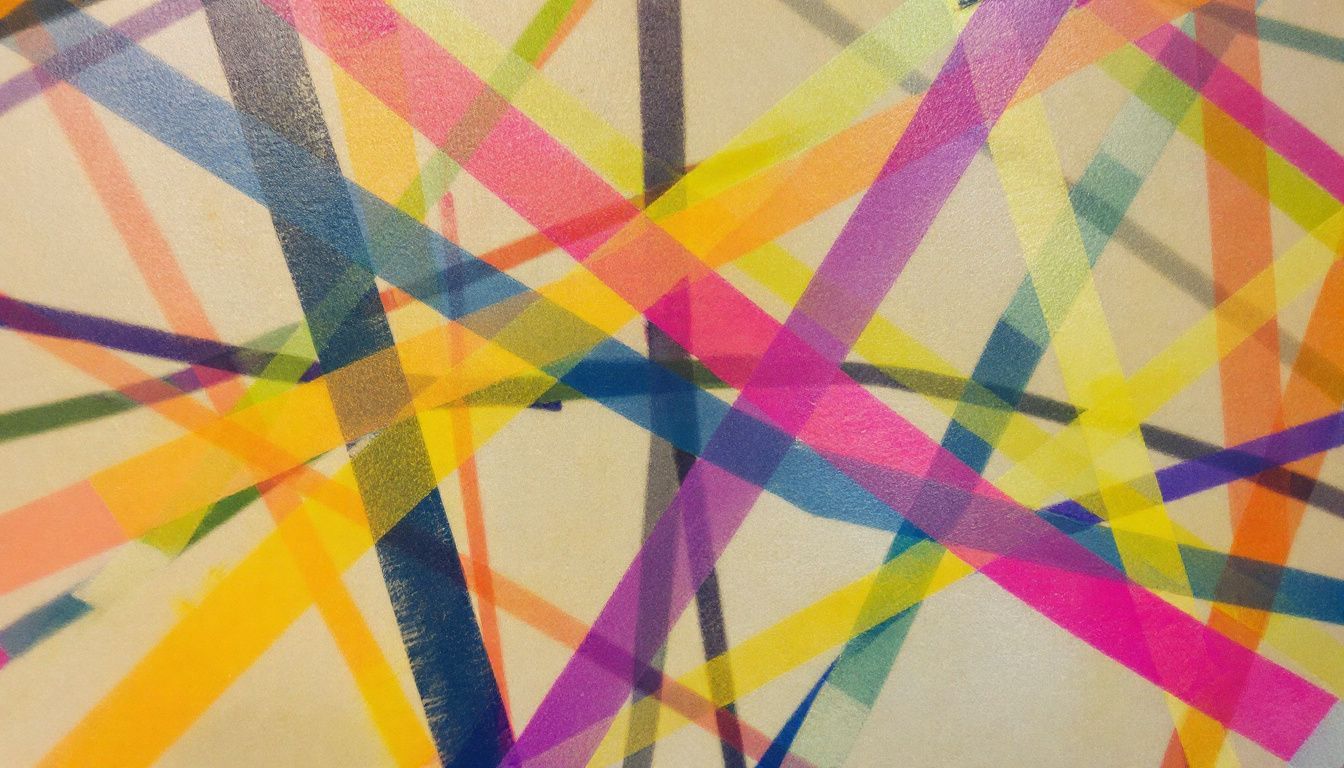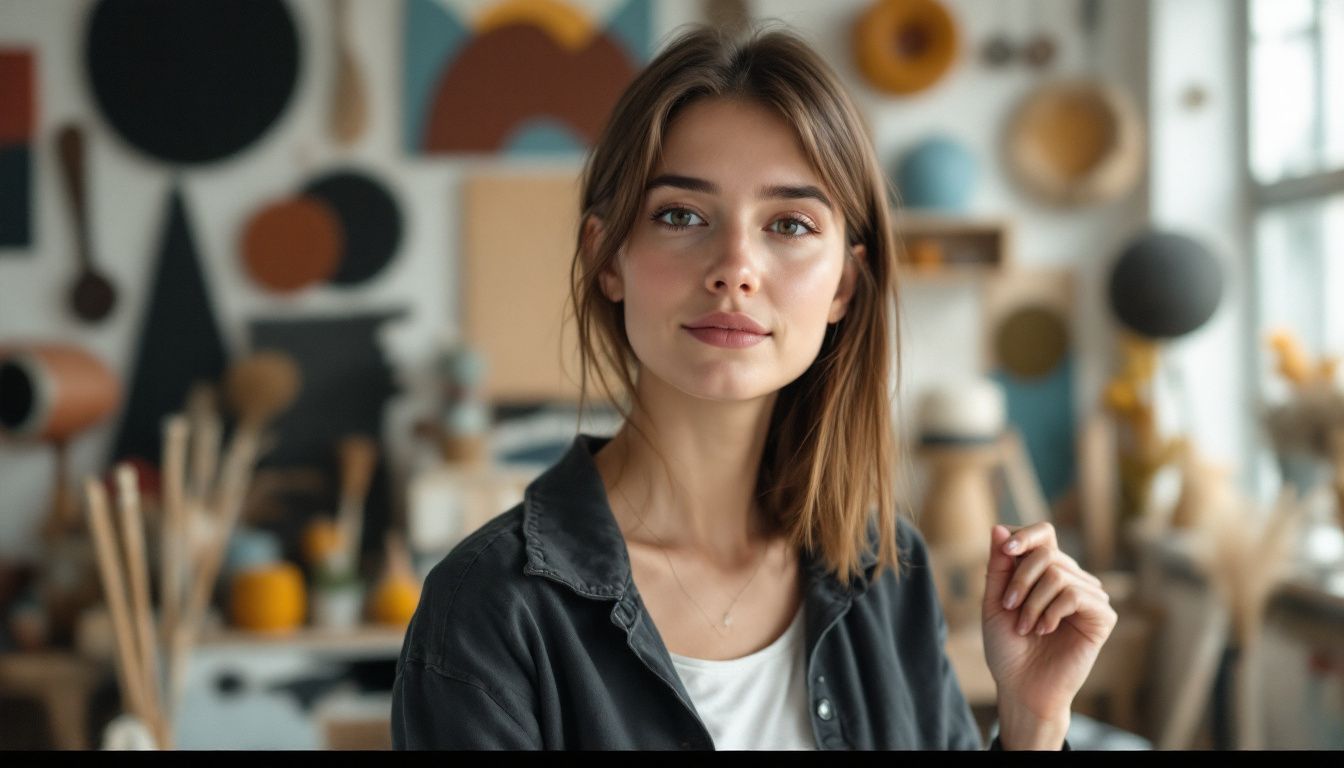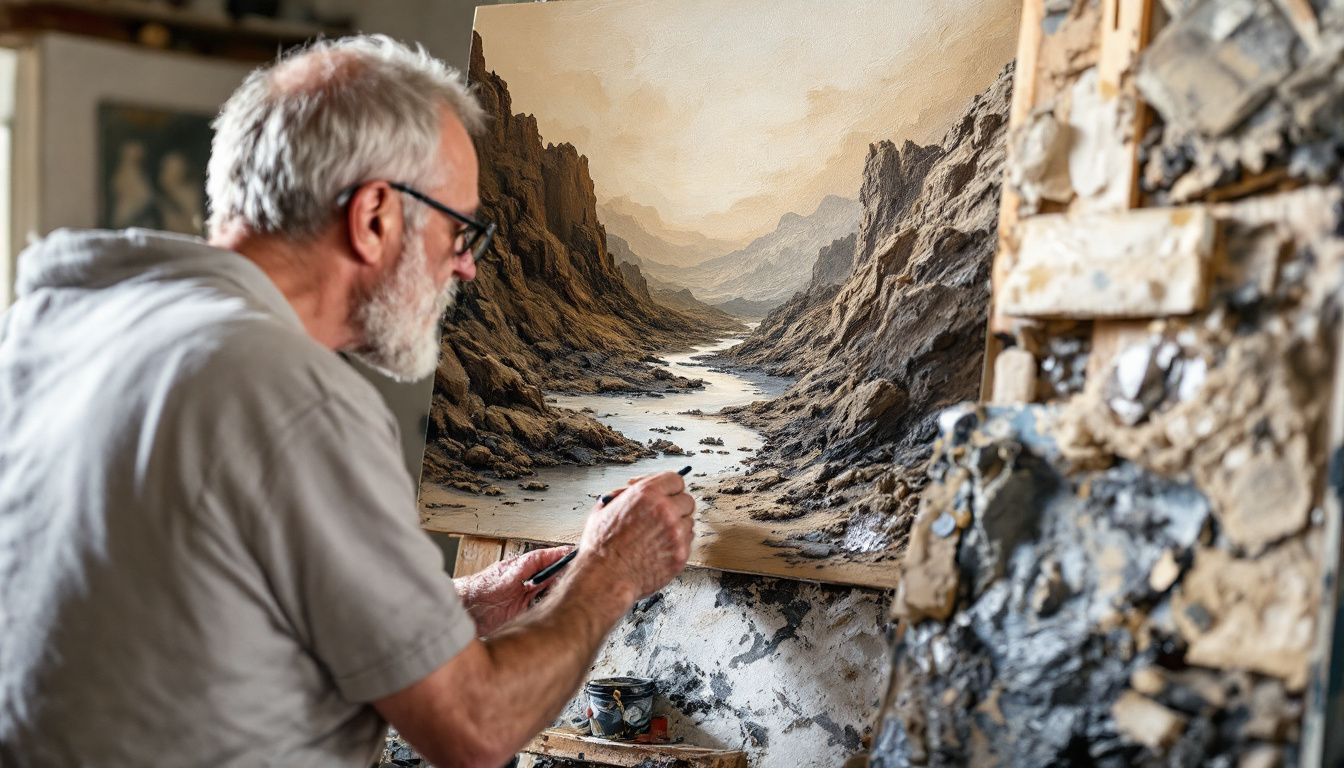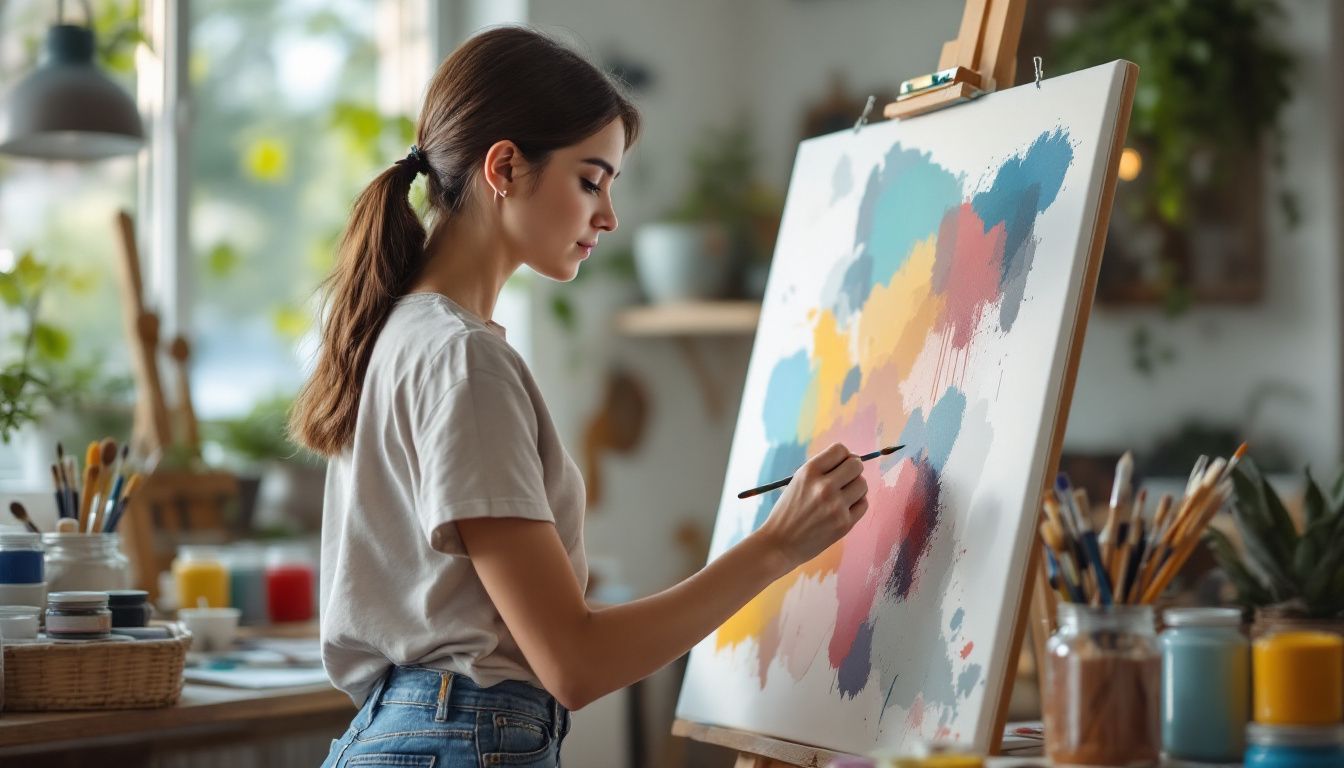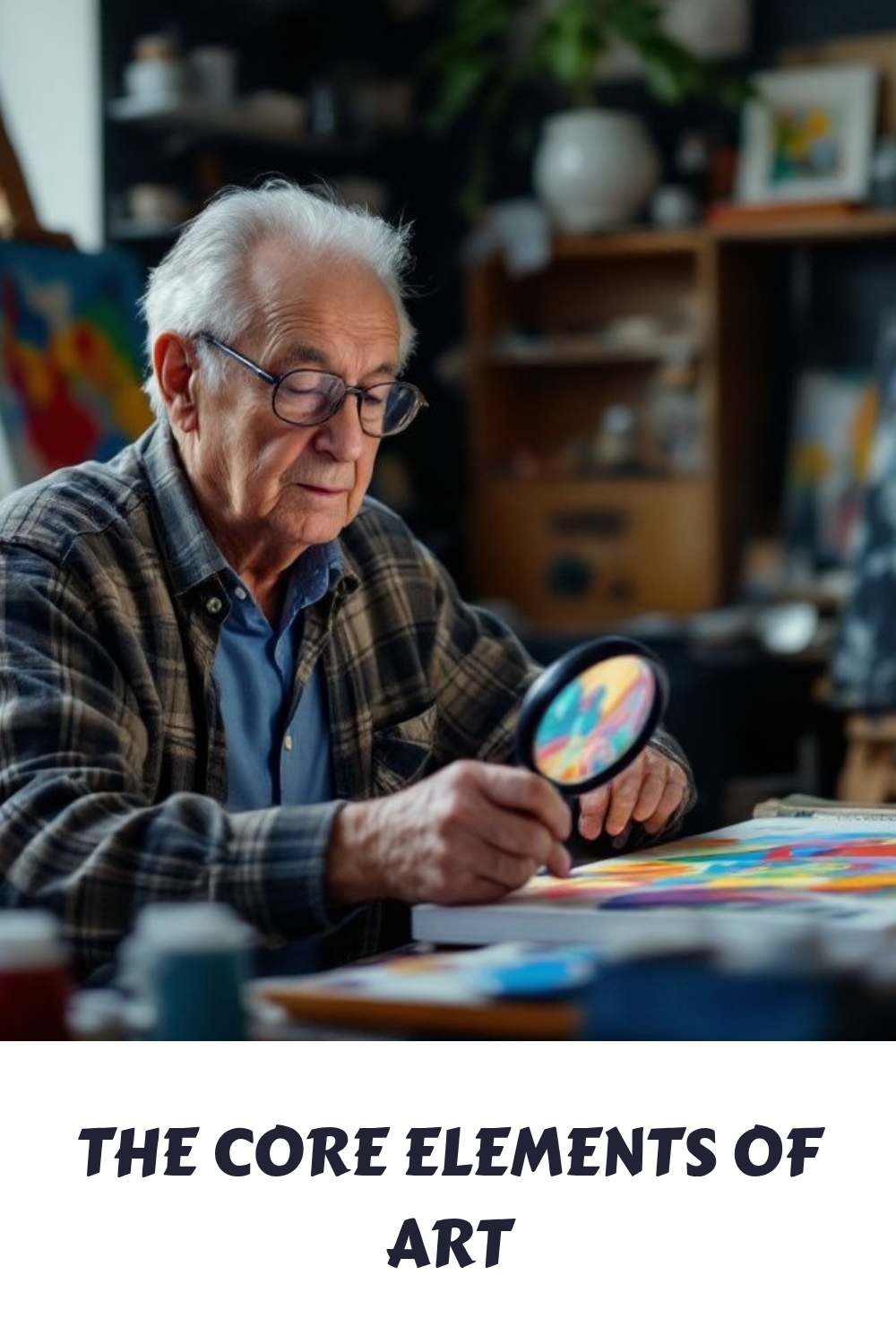The Core Elements of Art working together to create a Cohesive Composition
The core elements of art—line, shape, form, space, color, value, and texture—work together through strategic arrangement and repetition to create a cohesive composition by fostering harmony, balance, unity, and visual interest within the artwork.
Key ways these core elements of art interact to achieve cohesion:
-
Harmony and Unity
-
Harmony is achieved when elements like color, shapes, and tones complement one another; for example, using shades from the same color family or repeating particular shapes can create a sense of flow and unity in a piece. This allows the viewer’s eye to move naturally through the composition and helps the artwork feel complete and intentional.
-
Balance
-
Distributing elements (such as visual weight, size, and color) evenly across the composition ensures that no single part overwhelms the rest. Balance can be symmetrical or asymmetrical, but always addresses the need for stability and order, making the artwork visually satisfying.
-
Repetition and Rhythm
-
Repeating certain elements—such as shapes, colors, or lines—establishes rhythm and consistency, binding the components into a coherent whole and guiding the viewer’s eye through the work.
-
Variety
-
While repetition provides consistency, introducing variation in elements like color, texture, or shape prevents monotony and adds interest—though too much variety without unifying factors can make the composition feel chaotic. The balance between unity and variety is crucial for both engagement and cohesion.
-
Proximity and Overlap
-
Placing related elements close together or overlapping them strengthens their visual connection and helps group disparate parts into a unified scene.
-
Color Harmony
-
Using a limited or consistent color palette ensures different sections of the artwork relate and support each other, preventing distraction and maintaining focus on the overall composition.
-
Movement and Direction
-
Lines and shapes can be arranged to guide the viewer’s gaze towards focal points or lead them around the artwork, further reinforcing unity and emphasis.
A cohesive composition is achieved not when the core elements of art are uniform, but when they connect meaningfully, reinforcing a central idea or mood and allowing the viewer to experience the artwork as an intentional, harmonious whole.


 Cart is empty
Cart is empty 





